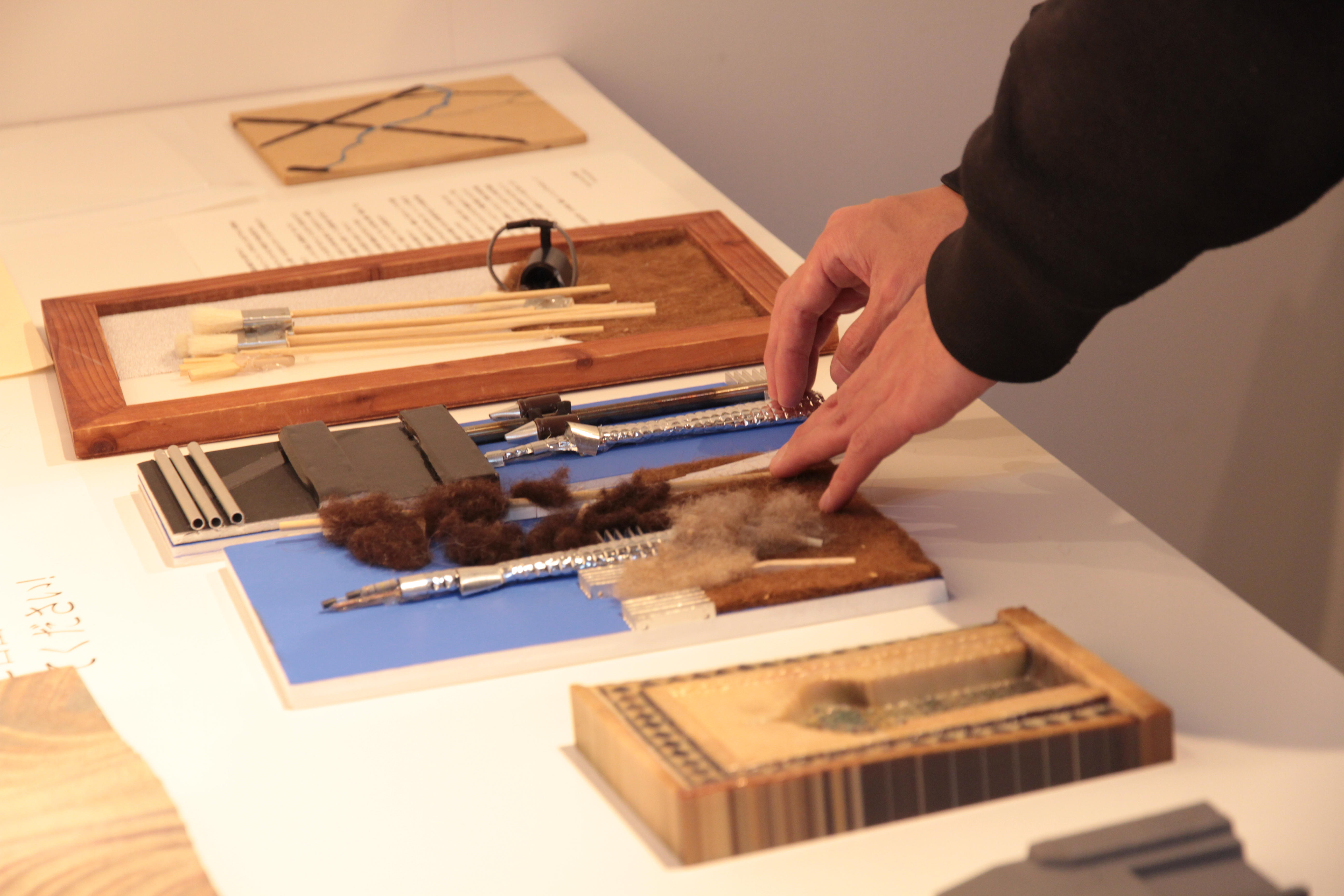The internationally renowned artists in this exhibition use stitching, cutting, piercing and punching to explore the ambiguous space between two and
three dimensions.
Dissatisfied with the conventional function of photography as a surface that reproduces the external world, these artists test the materiality of their medium. Through a variety of distinct propositions, this exhibition traces an eclectic journey from the potential of photography to exceed its medium to relishing its hermetic and decorative function.
Artists include Maurizio Anzeri (Italy, b.1969), Walead Beshty (UK, b.1976), Annette Kelm (Germany, b.1975), Gerhard Richter (Germany, b.1932), Alina Szapocznikow (Poland, 1926-1973), Wolfgang Tillmans (Germany, b.1968), Andy Warhol (USA, 1928 - 1987) and Catherine Yass (UK, b.1963).
Sculptor Vanessa Billy has created a related installation in the ground floor Project Space titled Surfaces for the mind to rest or sink into. For more information and images of the installation click here.
three dimensions.
Dissatisfied with the conventional function of photography as a surface that reproduces the external world, these artists test the materiality of their medium. Through a variety of distinct propositions, this exhibition traces an eclectic journey from the potential of photography to exceed its medium to relishing its hermetic and decorative function.
Artists include Maurizio Anzeri (Italy, b.1969), Walead Beshty (UK, b.1976), Annette Kelm (Germany, b.1975), Gerhard Richter (Germany, b.1932), Alina Szapocznikow (Poland, 1926-1973), Wolfgang Tillmans (Germany, b.1968), Andy Warhol (USA, 1928 - 1987) and Catherine Yass (UK, b.1963).
Sculptor Vanessa Billy has created a related installation in the ground floor Project Space titled Surfaces for the mind to rest or sink into. For more information and images of the installation click here.













